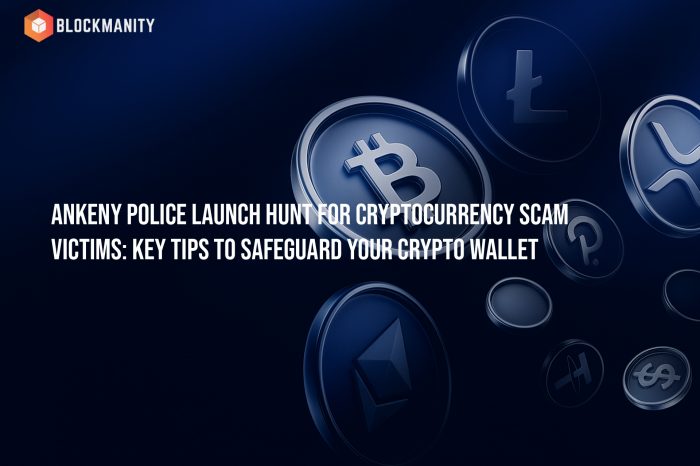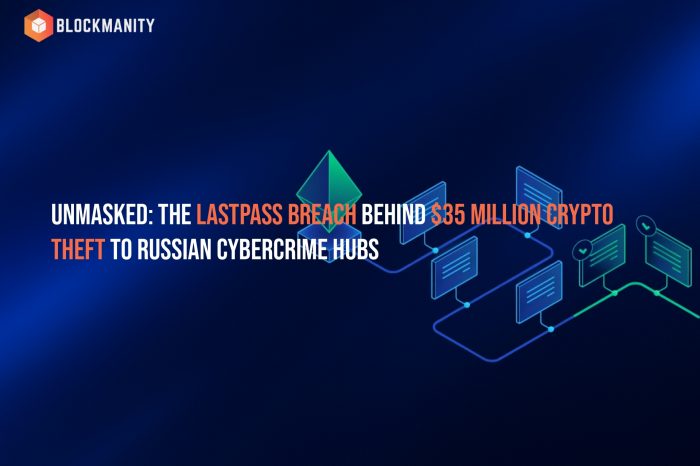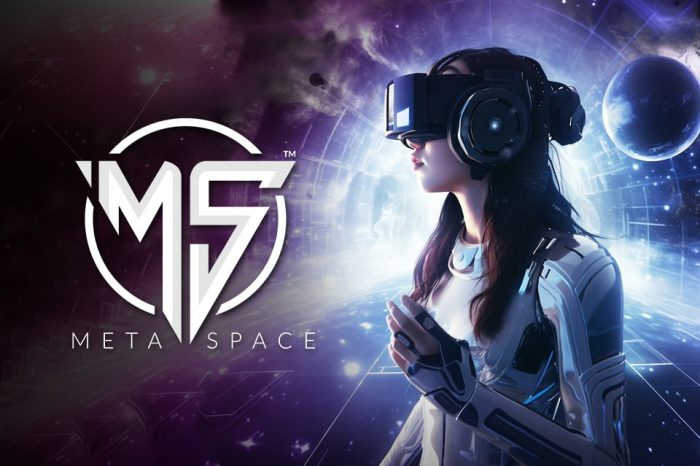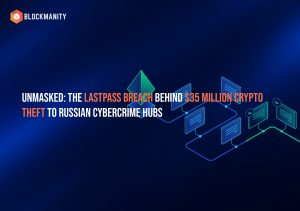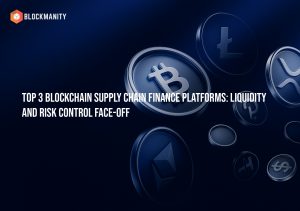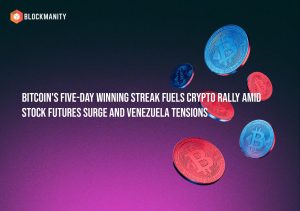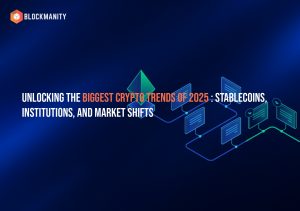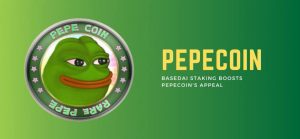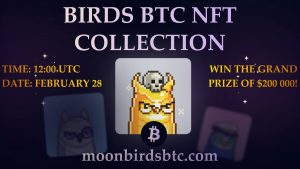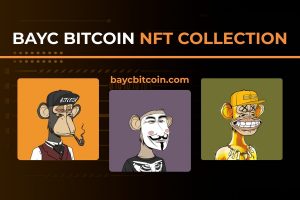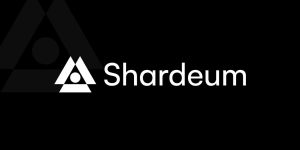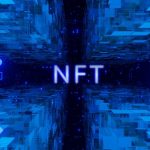Exploring the Possibilities of Polygon Payment Solutions for NFTs
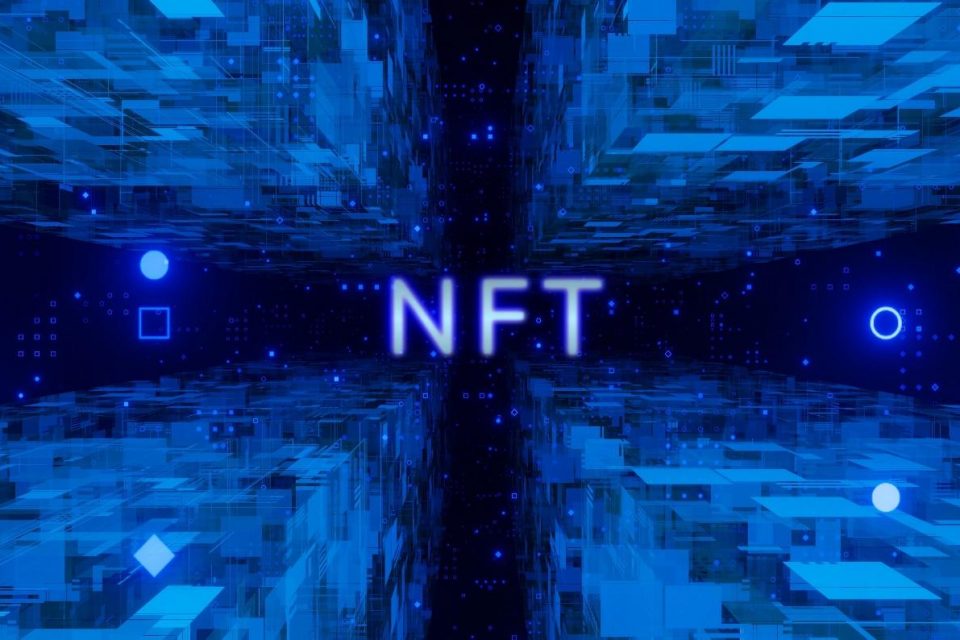
Imagine buying an electronic piece of literature online and in return getting a special electronic token that acts as ownership documentation. Isn’t that lacking in some way? Well, NFTs have made that option possible.
The world concerning computerized products and art has been dominated by these tokens. Just as everyone mistakenly thought that Bitcoin would end up being the digital equivalent of money, NFTs are positioned to act as the electronic equivalent of collectibles. The life of a digital artist has transformed as an effect of the sales flurry that attracted a new cryptocurrency audience.
If you’re new to the market, NFTs and their purchase and sale can be tricky but that’s okay because everyone had to learn about them at some point. If you are curious about the ins and outs of NFTs and want to know more about what they are, you’ve come to the right place.
Describe NFT
- The same code that is used to produce cryptocurrencies is commonly used to construct NFTs, sometimes referred to as non-fungible tokens. These digital goods are formed and stored using blockchain technology. They can’t therefore be exchanged for other cryptographic goods or traded for another token.
- The phrase “Non-Transferable” makes it clear that because of its fundamental makeup, it can’t be substituted or modified, same to how Ethereum or Bitcoin cannot. Fiat money as well cryptocurrencies can be swapped out with each other without any consequence as they’re both fungible.
- The abbreviation NFT refers to a token that does not meet the criteria for fungibility, which shows us that because of its characteristics, it can’t be changed or traded.
How Does Non-Fungible Tokens or NFTs Work?
You should continue exploring how an NFT operates now that you’ve taken the first steps toward understanding what it is. Due to the fact that their value is primarily based on market conditions and demand, they can be bought and sold similarly to other tangible works of art. Independent payment platforms, such as https://nftpay.xyz/polygon/, ensure NFT’s are processed, and payments made to and from the correct parties.
It is simple to verify and authenticate who owns the NFTs as well as how tokens are transferred between owners due to their unique data.
The Characteristics of NFT
Electronic Good
NFT is just a cryptocurrency. It’s one that is usable because of blockchain technology, as it powers cryptocurrencies. Click here to read more about cryptocurrencies. It is always unique and is not to be altered, copied, or deconstructed in any form.
Exchange
NFT swaps involving cryptocurrencies such as Bitcoin and MATIC take place on specialized sites. Cryptopunks is an example of a non-fungible token. It can be used to purchase, sell, and stockpile to 10,000 items with proof of ownership.
Non-Fungible Tokens (NFTs) History
NFTs did not become popular overnight, as is often the case with cutting-edge technology. It raises the issue at hand of when the initial NFT was created. The 2012 release of Colored Coins, according to some, holds the distinction of being the first NFT.
They could only represent some values if everyone accepted them as valid. The programming language used by Bitcoin in the distributed computing system of which it is a part did not support this kind of activity.
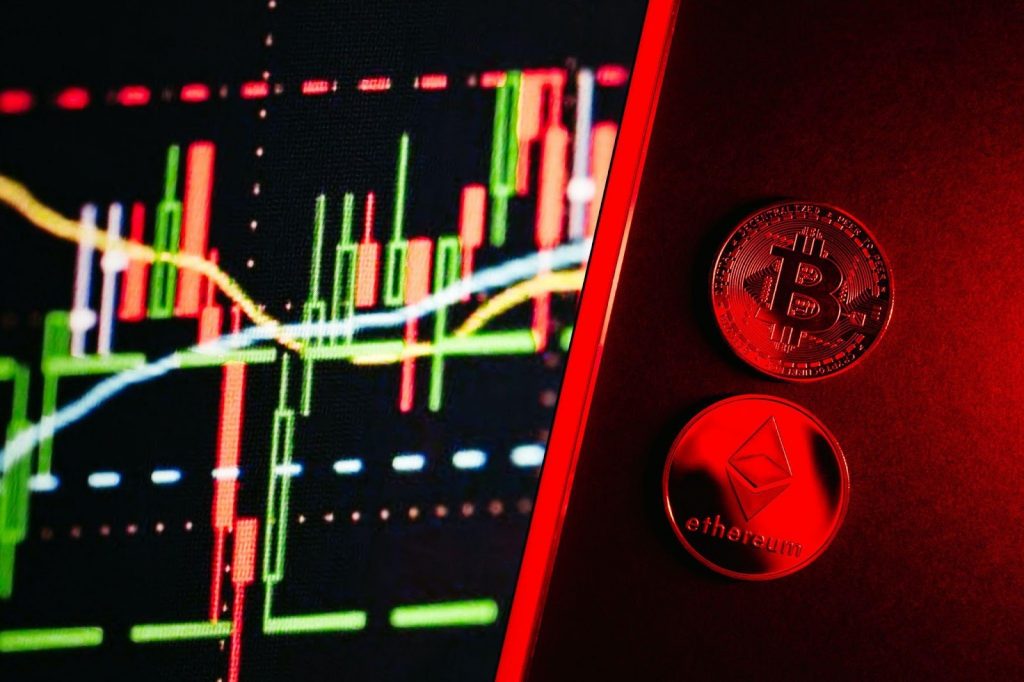
Describe Blockchain
A system of recording data that guarantees its confidentiality and accuracy is referred to as blockchain. This makes changing, cheating, or hacking the system impossible or difficult. In essence, a blockchain is a digital record of actions that is shared and copied throughout a network of computer systems that utilize blockchain technology.
Cryptocurrencies and Fungibility
Although these two ideas might be closely connected, combining them can be challenging.
A commodity (https://dataweb.usitc.gov/classification/commodity-description) as well as asset is fungible if it can be easily swapped for another like unit without losing any of its quality or value. However, blockchain technology produces a clear and unchangeable record of ownership.
For instance, it may be claimed that a particular cryptocurrency is contaminated or non-fungible if it is connected to illegal behavior, which prevents it from being exchanged for other units in the same cryptocurrency. This results in the afflicted asset losing liquidity or value.
However, a variety of solutions are presently being created to overcome this issue and assure fungibility while maintaining the security and interchangeability of blockchain technology, such as combining privacy-focused or services-focused cryptocurrencies.
Instances of NFT
Even though reading up on NFT makes it appear fairly simple to determine what is and isn’t NFT, it can still be difficult to identify for those who aren’t constantly immersed in that landscape. Remember, not everyone is in the habit of buying or selling anything on the internet.
Even those who are can be taken aback when they realize they are purchasing something that cannot be shipped to them and paying for it with money that never enters or exits their wallet. People are still learning about the NFT environment. Here are some current examples of NFTs:
- An electronic (or digital) collectible item
- Domain names
- Games
- Stories
- Sneakers or accessories produced by a fashion line.
What function does NFT perform?
NFTs are used by both those who like to acquire art and often transact in cryptocurrencies. It may also be used for a variety of different things, such as:
- The most common use of NFTs is in digital content. In order to increase the profitability of content providers, NFTs foster a creative ecosystem wherein creators relinquish control of their works to the platforms, they employ to promote them.
- The usage of NFTs in games has piqued the interest of many game developers. Several NFTs may be advantageous to players. In computer games, buying items for your character is frequently your only option. If you use NFTs, you might be able to sell the products when you’re done with them to repay your investment.
Investment
DeFi (Decentralized Finance) and NFT (Non-Fungible Token) share the same infrastructure for investments and collateral. You may use DeFi programs to borrow funds while providing security. NFT and DeFi work together to research the security uses for NFTs.
Discuss this news on our Telegram Community. Subscribe to us on Google news and do follow us on Twitter @Blockmanity
Did you like the news you just read? Please leave a feedback to help us serve you better
Disclaimer: Blockmanity is a news portal and does not provide any financial advice. Blockmanity's role is to inform the cryptocurrency and blockchain community about what's going on in this space. Please do your own due diligence before making any investment. Blockmanity won't be responsible for any loss of funds.

